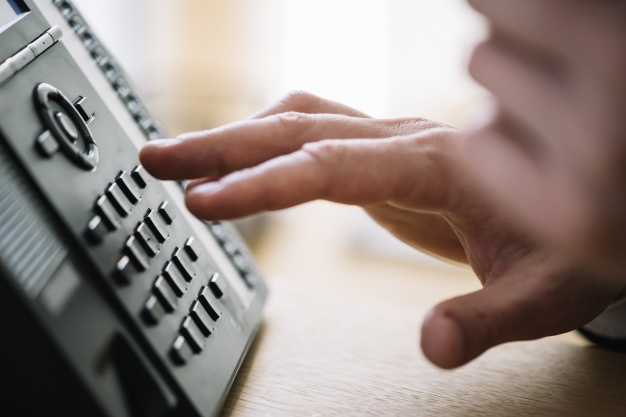Last month I wrote a blog on manually provisioning VoIP phones when there wasn’t an easier way to provision them using a PBX. There is another interesting scenario when setting up phones that also comes to light sans PBX – firmware. Upgrading firmware is critical when troubleshooting phones and making sure they are on the latest security fixes. Have you tried manually upgrading phones?
Manually upgrading firmware on VoIP phones can sometimes be tricky. There may be in-between builds that need to be stepped through, to finally get to the very latest and greatest. 3 years ago I wrote a succinct article around using HFS server to upgrade phones via HTTP and this still stands as an achievable method in 2020. This is especially helpful with older firmware builds, that don’t have the ability to upload newer firmware to the device from its web user interface.
Here are the firmware pages for Grandstream and Yealink that I frequent often to read changelogs:
- Grandstream – http://www.grandstream.com/support/firmware/
- Yealink – http://support.yealink.com/documentFront/forwardToDocumentFrontDisplayPage
A few solutions I have seen, offered by a firmware upgrade:
- BLF keys freezing after 24 hours, requiring the device to be restarted to work
- Incorrect time zone displayed on a device for NZ
- Issues with attended transfer not working as expected
- Unable to retrieve call after a blind transfer
- Calls randomly fail when the device rings
- Pieces of a fax missing when received via an ATA adapter
- CANCEL incorrectly sent from device, when it’s called another
- Device fails to pick up call on lifting handset, unless BLF key is pressed to answer
- Phone incorrectly responds with “488 Not acceptable here”
And there you have it! Manually upgrading will always take longer, but it’s most definitely achievable. Struggling with a firmware upgrade on a device? Drop us a line!

